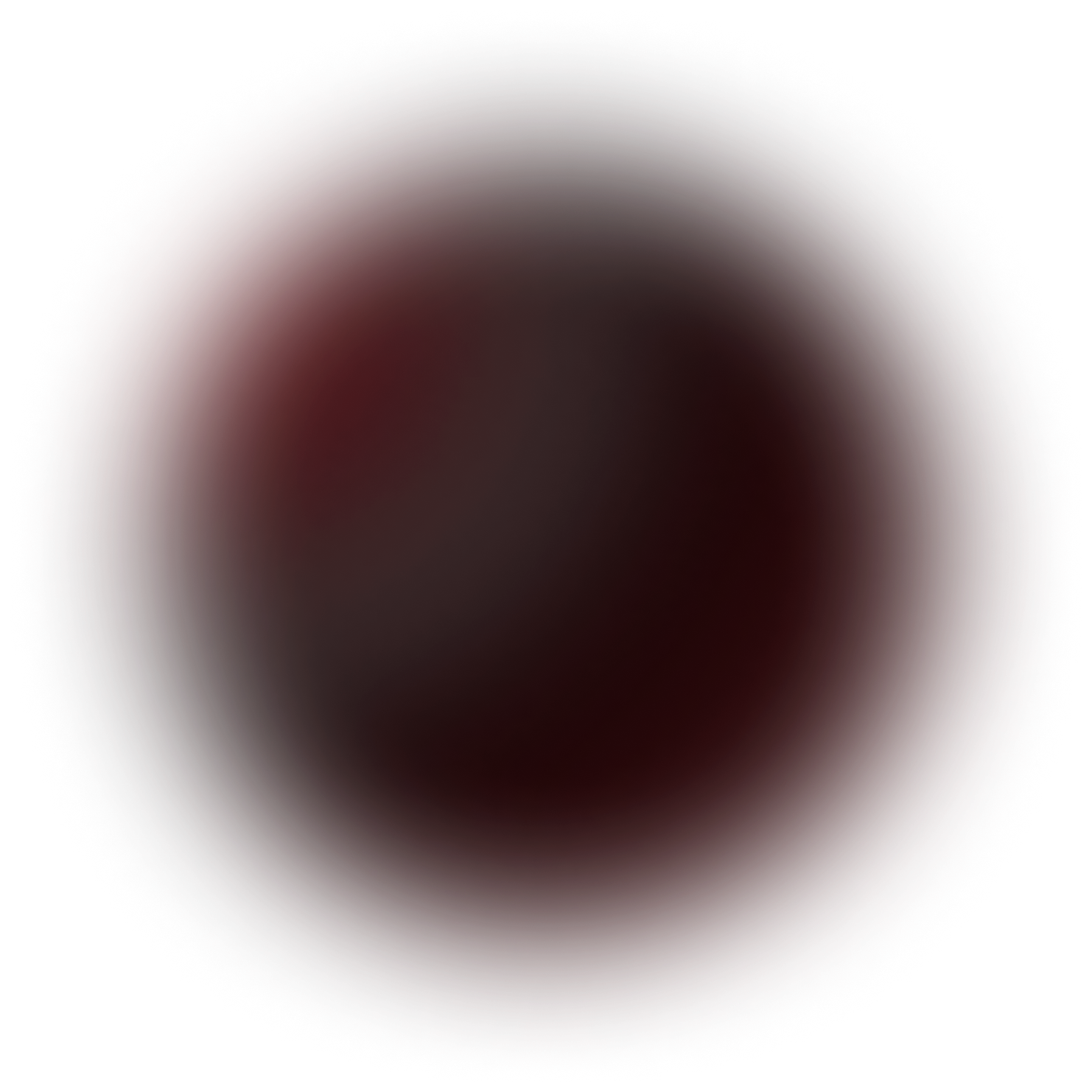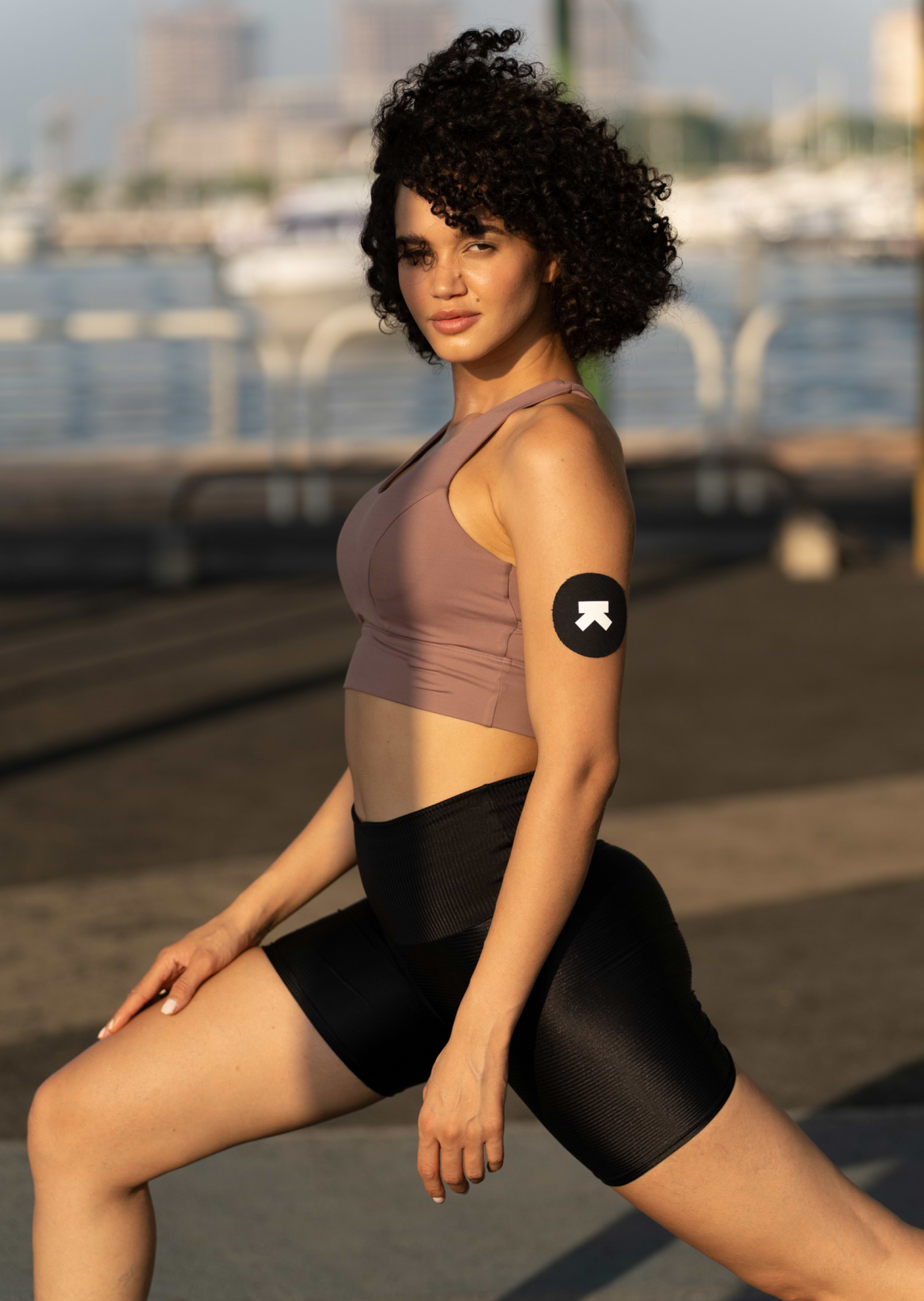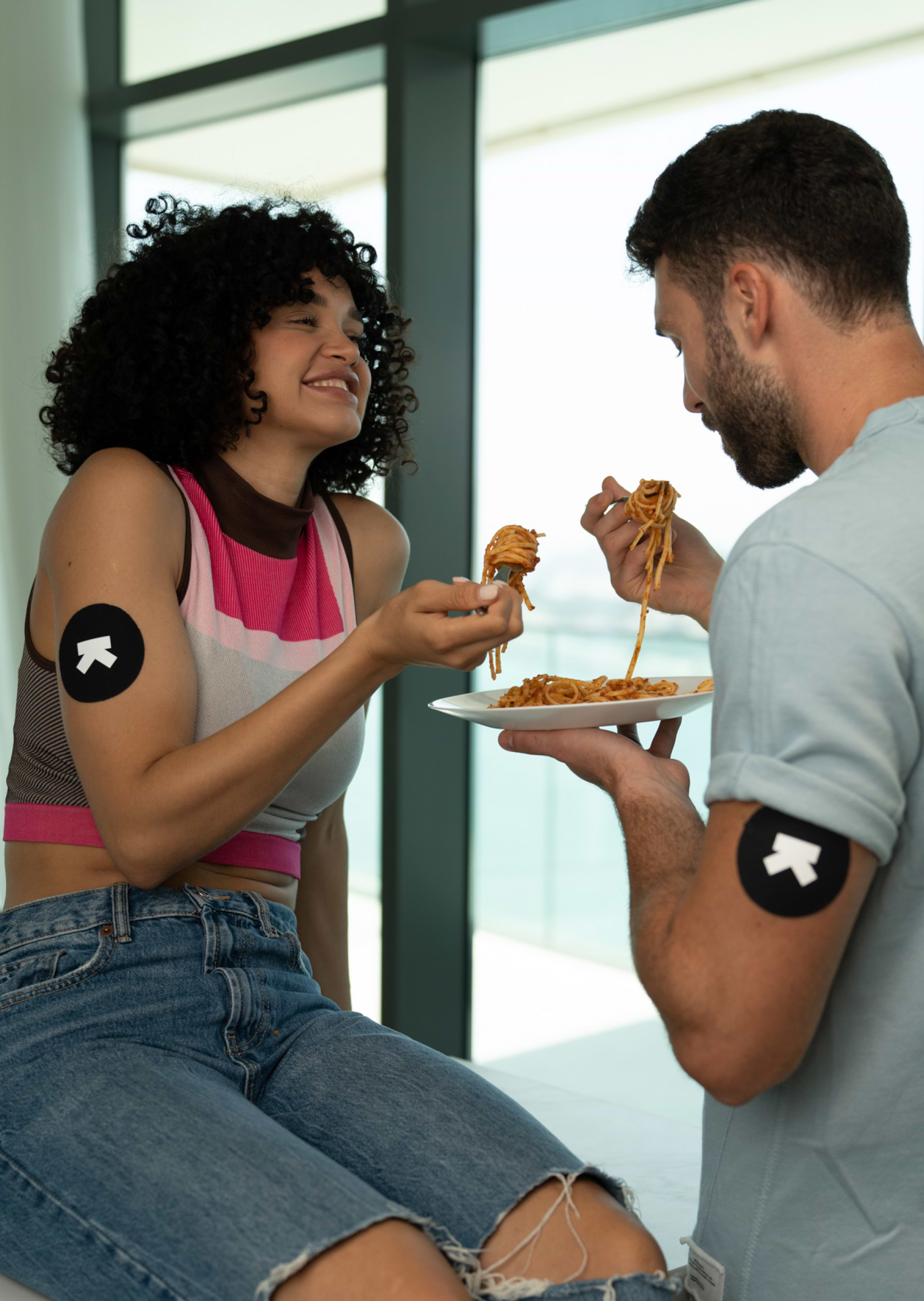
Danish Pastry (100 G)
Lunch
140 mg/dL
avg. peak value
Usually causes a large spike
Avg. Food Score on Ultrahuman App
Ultrahuman Users got an UNSTABLE response
Other related foods
How to consume Danish Pastry without glucose spikes
Stay Hydrated
Drink a glass of water immediately after consuming the pastry. This helps in diluting the sugar in your bloodstream and can promote better absorption.
Go for a Walk
Engage in light physical activity, like a 15-20 minute walk. Exercise can help your muscles use the sugar more efficiently, lowering blood sugar levels.
Eat Fiber-Rich Foods
Consume foods high in fiber such as oats, lentils, or an apple. These can slow down the absorption of sugar into your bloodstream.
Include Healthy Fats
Have a small portion of nuts like almonds or walnuts. Healthy fats can help stabilize blood sugar levels by slowing digestion.
Have a Protein Snack
Consider a small portion of Greek yogurt or a boiled egg. Protein can help balance your blood sugar after a carb-heavy meal.
Monitor Portion Sizes
In the future, try to eat smaller portions of high-sugar foods and pair them with foods that have protein or fiber.
Practice Mindful Eating
Focus on eating slowly and savoring each bite. This can improve digestion and help in better management of blood sugar levels.
Try Cinnamon
Adding a pinch of cinnamon to your diet can help in lowering blood sugar levels, so consider incorporating it into your meals or drinks like tea.
Breathe and Relax
Stress can increase blood sugar levels, so practice relaxation techniques such as deep breathing or meditation to help manage stress.
Plan Balanced Meals
Ensure your meals include a balance of carbohydrates, protein, and fats to keep your sugar levels stable throughout the day.

Find Glucose response for your favourite foods
Explore OGDbDiscover
metabolic
health with M1
Ultrahuman M1 helps you measure the impact of food and activity on your body in real time through glucose as a biomarker.
Explore Ultrahuman M1Your cart is empty
Browse through our products and find something for you.

The concept of using CGM to guide your training and food plan is brilliant. The app is also very well laid out.
Rakannan - user since Jul 2021

I didn't follow any fancy diet, yet managed to educate myself around food, and built a sustainable & healthy lifestyle.
Athif Hasan - user since Sep 2021

Ultrahuman M1 has done what meal plans and diets have failed to do; make me better without all the restrictions.
Anwar Shai - user since Jun 2021
10% off on your first purchase
Subscribe to our WhatsApp for the latest updates and offers, and enjoy 10% off on your first purchase.